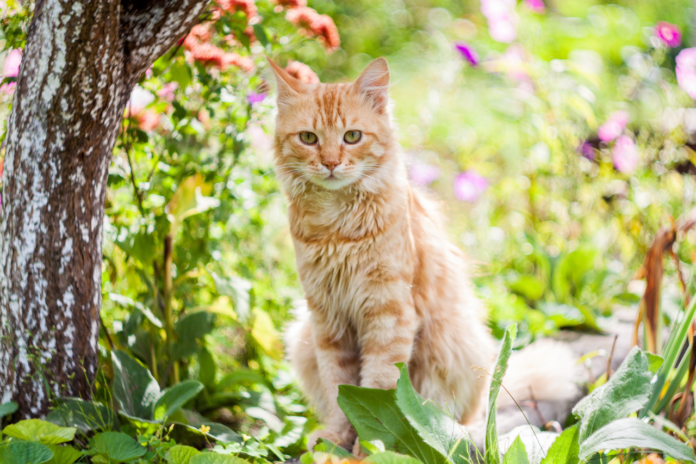Introducing a cat tree into your home is not just about providing a piece of furniture for your feline friend—it’s about creating a personalized paradise where your cat can thrive both physically and mentally. In this article, we’ll explore the myriad benefits of cat trees, how to choose the right one for your cat and tips for setting up and maintaining this essential piece of feline furniture.
Benefits of Cat Trees
Cat trees serve as multifunctional pieces of furniture that offer numerous benefits for cats and their owners alike. From providing an outlet for instincts like climbing and scratching to offering elevated perches for observation and relaxation, cat trees play a vital role in promoting physical and mental well-being for feline companions.
Types of Cat Trees
Cat trees come in various shapes, sizes, and designs to suit the preferences and needs of different cats. Floor-to-ceiling trees offer vertical space for climbing and exploration, while wall-mounted trees conserve floor space and provide unique climbing opportunities. Multi-level structures with platforms, hiding spots, and scratching posts cater to cats’ natural behaviors and instincts.
Choosing the Right Cat Tree
When selecting a cat tree for your furry friend, several factors should be taken into consideration. Size and stability are crucial to ensure the safety of your cat during play and exploration. Scratching surfaces should be durable and enticing, while additional features like toys, hammocks, and hiding spots enhance the overall appeal and functionality of the tree.
Setting Up a Cat Tree
Proper installation and positioning of a cat tree are essential to maximize its benefits and appeal to your cat. Place the tree in a quiet yet accessible area of your home, away from loud noises and high-traffic areas. Consider adding soft bedding or blankets to create cozy resting spots, and encourage your cat to explore the tree with treats and praise.
Maintenance and Care
Regular maintenance is key to ensuring the longevity and safety of your cat tree. Perform routine inspections to check for loose screws, worn-out parts, or signs of damage. Clean the tree regularly to remove dirt, debris, and cat hair, and replace any worn-out scratching posts or platforms to keep your cat’s play area fresh and inviting.
DIY Cat Trees
For the crafty pet owner, building a custom cat tree at home can be a fun and rewarding project. Utilize recycled materials such as cardboard tubes, wooden crates, or PVC pipes to create a unique and budget-friendly cat tree that suits your cat’s preferences and your home decor.
Conclusion
In conclusion, cat trees are more than just pieces of furniture—they’re essential tools for promoting physical and mental stimulation, exercise, and well-being for our feline companions. By selecting the right cat-tree, setting it up properly, and maintaining it with care, you can create a feline paradise that enriches your cat’s life and strengthens your bond for years to come.
FAQs
- Are cat-trees suitable for all cats?
- Yes, cat-trees are suitable for cats of all ages, sizes, and breeds. However, it’s essential to choose a tree that matches your cat’s activity level and preferences.
- How often should I replace parts of my cat-tree?
- It depends on the wear and tear of the tree and the activity level of your cat. Inspect the tree regularly and replace any worn-out parts to ensure your cat’s safety and enjoyment. Can I train my cat to use a cat-tree?
- Yes, you can encourage your cat to use a cat-tree by placing treats, toys, or catnip on the tree to entice them to explore. Positive reinforcement and praise can also help reinforce desired behaviors.
- It depends on the wear and tear of the tree and the activity level of your cat. Inspect the tree regularly and replace any worn-out parts to ensure your cat’s safety and enjoyment. Can I train my cat to use a cat-tree?
- What should I do if my cat doesn’t seem interested in the cat-tree?
- Give your cat time to acclimate to the tree and try placing it in a different location or adding enticing toys or treats to encourage exploration. Be patient and persistent, and your cat may eventually come to love their new play area.
- Are there any safety precautions I should take when setting up a cat-tree?
- Ensure that the tree is stable and secure, especially if it’s a taller or multi-level structure. Anchor the tree to a wall if necessary to prevent tipping, and avoid placing it near windows or other hazards.


